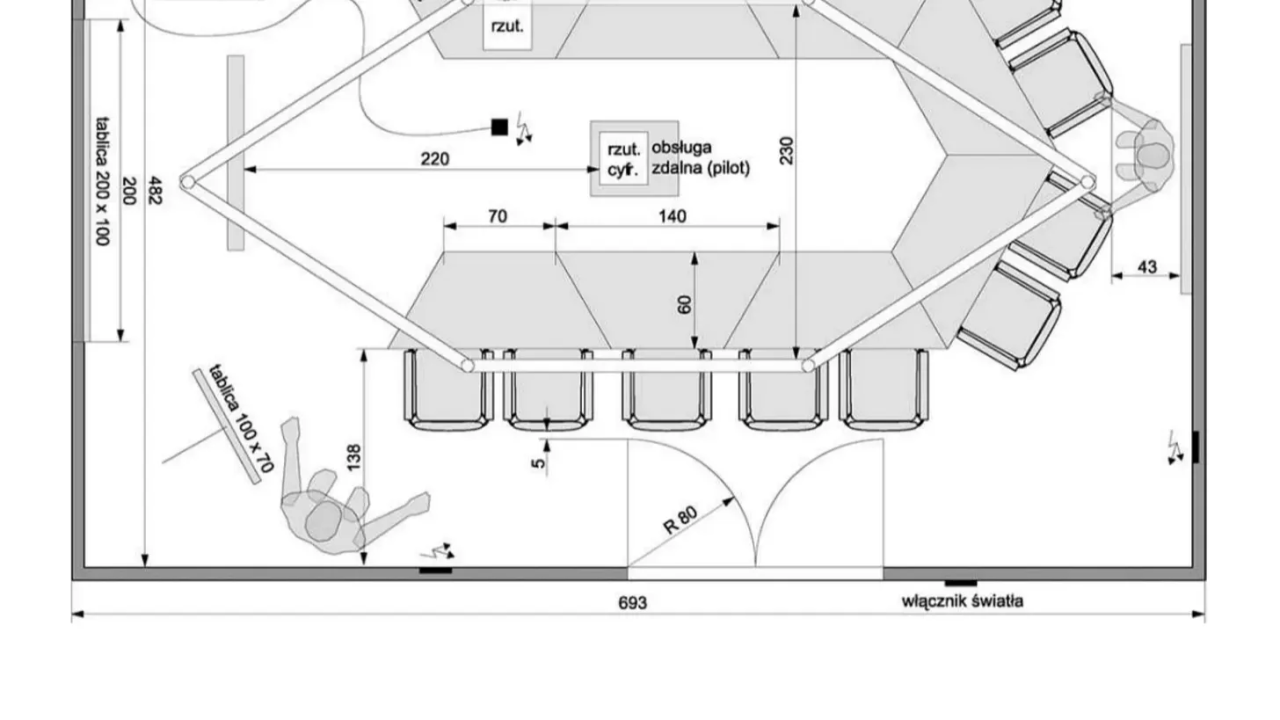The digital age has pushed enterprise networks to their limits. Traditional WAN architectures—reliant on rigid MPLS circuits and static configurations—are simply not designed for today’s cloud-centric, mobile-first business environments. As organizations scale, adopt SaaS applications, and support hybrid workforces, their WAN architecture must evolve. Enter Managed SD-WAN Services, a transformative solution that simplifies WAN complexity, enhances performance, and aligns IT with business agility goals.
The WAN Complexity Challenge
Legacy WANs were originally built for a time when most applications lived in a central data center and users were confined to office locations. However, in today’s landscape of remote teams, cloud workloads, and ever-increasing bandwidth demands, these traditional models are slow, expensive, and hard to manage.
Problems commonly faced by IT teams include:
- Bandwidth congestion and poor application performance
- Limited flexibility when connecting new branches or remote locations
- High operational costs associated with MPLS circuits
- Difficulty in managing security and compliance across a dispersed infrastructure
This level of complexity is not only unsustainable but also a bottleneck to innovation and growth.
What Are Managed SD-WAN Services?
Managed SD-WAN Services provide a software-defined approach to managing wide area networks. They leverage multiple connection types (such as broadband, LTE, and MPLS) and dynamically route traffic based on application performance and business policies. What sets managed services apart is that a third-party provider handles deployment, configuration, monitoring, and ongoing management.
This model helps businesses offload the operational burden while gaining access to expert-level network support and optimization. From design to troubleshooting, the entire SD-WAN lifecycle is managed with best practices in mind.
Why Simplification Matters
Simplifying WAN architecture is about more than just making things easier for IT teams—it has a direct impact on business performance. With an SD-WAN managed network, companies benefit from:
- Faster application delivery across cloud and on-premise environments
- Lower latency and jitter, especially for real-time tools like VoIP and video conferencing
- Streamlined operations, allowing IT to focus on strategic projects
- Improved security posture, through unified control and segmentation policies
This simplification also sets the stage for automation, AI-driven analytics, and real-time visibility across the entire network footprint.
Key Advantages of Managed SD-WAN in WAN Architecture
1. Centralized Orchestration
With SD-WAN, policies, configurations, and security protocols can be managed from a single, intuitive dashboard. This makes it far easier to enforce consistent performance and security standards across all sites. Whether you have five branches or fifty, the centralized control plane of a sd wan managed network ensures unified management without scaling operational costs.
2. Intelligent Traffic Routing
One of the hallmarks of the best SD-WAN managed services is dynamic path selection. This allows the system to intelligently route mission-critical traffic (e.g., Salesforce, Microsoft Teams, Zoom) over high-quality links, while less sensitive traffic uses lower-cost broadband. The result? Better performance without blowing your budget.
3. Simplified Deployment and Expansion
Traditional WAN provisioning can take weeks or months for new branches. With Managed SD-WAN Services, new sites can be connected in hours. IT teams can use zero-touch provisioning and pre-configured appliances to spin up connectivity with minimal on-site intervention.
This rapid rollout capability is a game-changer for growing businesses or companies undergoing digital transformation.
4. Embedded Security
Many SD-WAN solutions come with built-in firewalls, segmentation, and threat detection capabilities. Managed providers further enhance this by offering 24/7 monitoring, intrusion prevention systems (IPS), and compliance reporting. The best SD-WAN managed services will tailor security policies to your specific needs, whether you’re in healthcare, finance, or e-commerce.
5. Cost Efficiency
Simplified architecture almost always translates to cost savings. Companies reduce their reliance on expensive MPLS lines and optimize bandwidth across cheaper internet circuits. Moreover, operational overhead is minimized because the provider manages the infrastructure. This allows businesses to reinvest time and money into innovation rather than maintenance.
Use Case: A Multi-Site Software Company
Imagine a software development firm with ten offices spread across North America, Europe, and Asia. Their legacy WAN suffered from unpredictable performance during large file transfers and daily video calls. After switching to a sd wan managed network, the company experienced:
- 3x faster connection speeds during high-traffic periods
- Near-instant access to cloud applications (AWS, Azure)
- 35% cost savings from ditching redundant MPLS circuits
- Reduced troubleshooting time by over 60% thanks to centralized analytics
This transformation wasn’t just technical—it empowered the company to collaborate more efficiently, push faster releases, and onboard remote developers seamlessly.
Choosing the Right Provider
The success of your WAN simplification initiative hinges on the provider you choose. A high-quality managed service vendor should offer:
- Comprehensive onboarding and design services
- Vendor-neutral hardware compatibility (e.g., Cisco, Fortinet, VMware)
- 24/7 support and proactive monitoring
- Real-time analytics and reporting tools
- Scalable SLAs aligned with your business goals
With the right partner, Managed SD-WAN Services become more than just a network upgrade—they become a strategic investment.
Future-Proofing the Enterprise Network
WAN architecture must evolve to support IoT, edge computing, AI workloads, and increasingly distributed environments. Simplification through SD-WAN lays the groundwork for future-ready operations. It creates a framework that’s agile, cloud-native, and scalable.
When layered with AI and machine learning capabilities, SD-WAN can offer predictive analytics, automatic anomaly detection, and even self-healing capabilities. For tech-savvy companies, this means a move toward autonomous networking—a long-term game-changer.
Final Thoughts
Simplifying WAN architecture isn’t just a technical upgrade; it’s a foundational shift toward agility, performance, and security. With Managed SD-WAN Services, businesses gain the tools and expertise to streamline network operations, reduce costs, and enhance user experiences across the board.
By choosing the best SD-WAN managed services, you’re not only replacing outdated infrastructure—you’re future-proofing your network. And with a robust SD-WAN managed network in place, your organization is ready to support whatever comes next in the digital landscape.












Leave a Reply